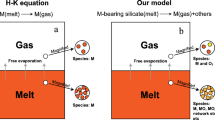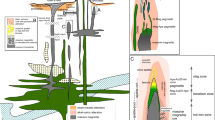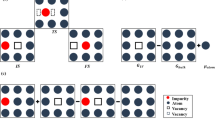Abstract. Silicate grains in space have attracted recently a wide interest of astrophysicists due to the increasing amount and quality of observational data, especially thanks to the results obtained by the Infrared Space Observatory. The observations have shown that the presence of silicates is ubiquitous in space and that their properties vary with environmental characteristics. Silicates, together with carbon, are the principal components of solid matter in space. Since their formation, silicate grains cross many environments characterised by different physical and chemical conditions which can induce changes to their nature. Moreover, the transformations experienced in the interplay of silicate grains and the medium where they are dipped, are part of a series of processes which are the subject of possible changes in the nature of the space environment itself. Then, chemical and physical changes of silicate grains during their life play a key role in the chemical evolution of the entire Galaxy.
The knowledge of silicate properties related to the conditions where they are found in space is strictly related to the study in the laboratory of the possible formation and transformation mechanisms they experience. The application of production and processing methods, capable to reproduce actual space conditions, together with the use of analytical techniques to investigate the nature of the material samples, form a subject of a complex laboratory experimental approach directed to the understanding of cosmic matter. The goal of the present paper is to review the experimental methods applied in various laboratories to the simulation and characterisation of cosmic silicate analogues. The paper describes also laboratory studies of the chemical reactions undergone and induced by silicate grains. The comparison of available laboratory results with observational data shows the essential constraints imposed by astronomical observations and, at the same time, indicates the most puzzling problems that deserve particular attention for the future. The outstanding open problems are reported and discussed. The final purpose of this paper is to provide an overview of the present stage of knowledge about silicates in space and to provide to the reader some indication of the future developments in the field.
Similar content being viewed by others
Author information
Authors and Affiliations
Additional information
Received 25 April 2002 / Published online 14 November 2002
Send offprint requests to: L. Colangeli e–mail: colangeli@na.astro.it
Rights and permissions
About this article
Cite this article
Colangeli, L., Henning, T., Brucato, J. et al. The role of laboratory experiments in the characterisation of silicon–based cosmic material. The Astron Astrophys Rev 11, 97–152 (2003). https://doi.org/10.1007/s00159-002-0017-x
Issue Date:
DOI: https://doi.org/10.1007/s00159-002-0017-x




